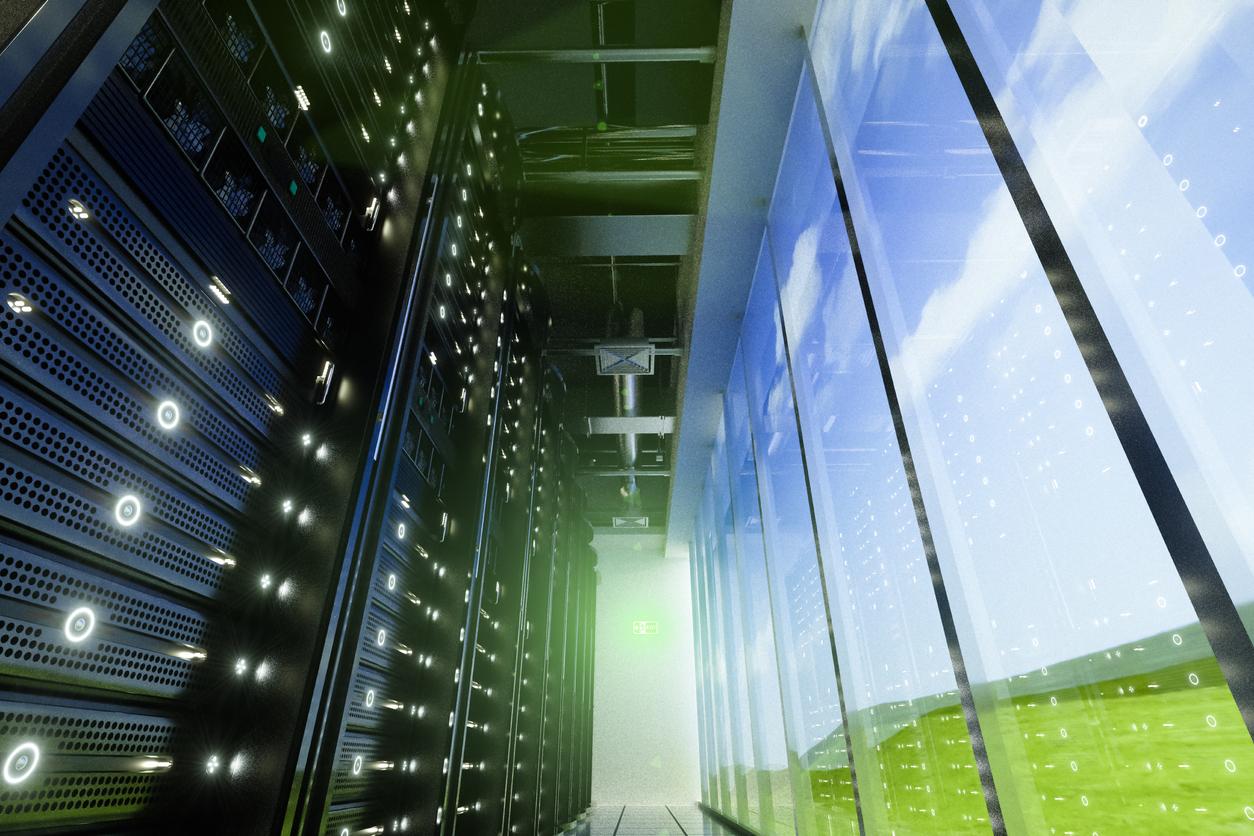In this special episode from BMO’s IN Tune Podcast, Camilla Sutton and Doug Morrow sat down to discuss how the AI/data center build out is contributing to a new era of electricity demand.
IN Tune features Equity Research analysts from BMO Capital Markets and explores key emerging themes, trends, and important issues to our institutional clients globally.
Subscribe to this free podcast and never miss an episode or visit the BMO Equity Research website for more great episodes of IN Tune.
